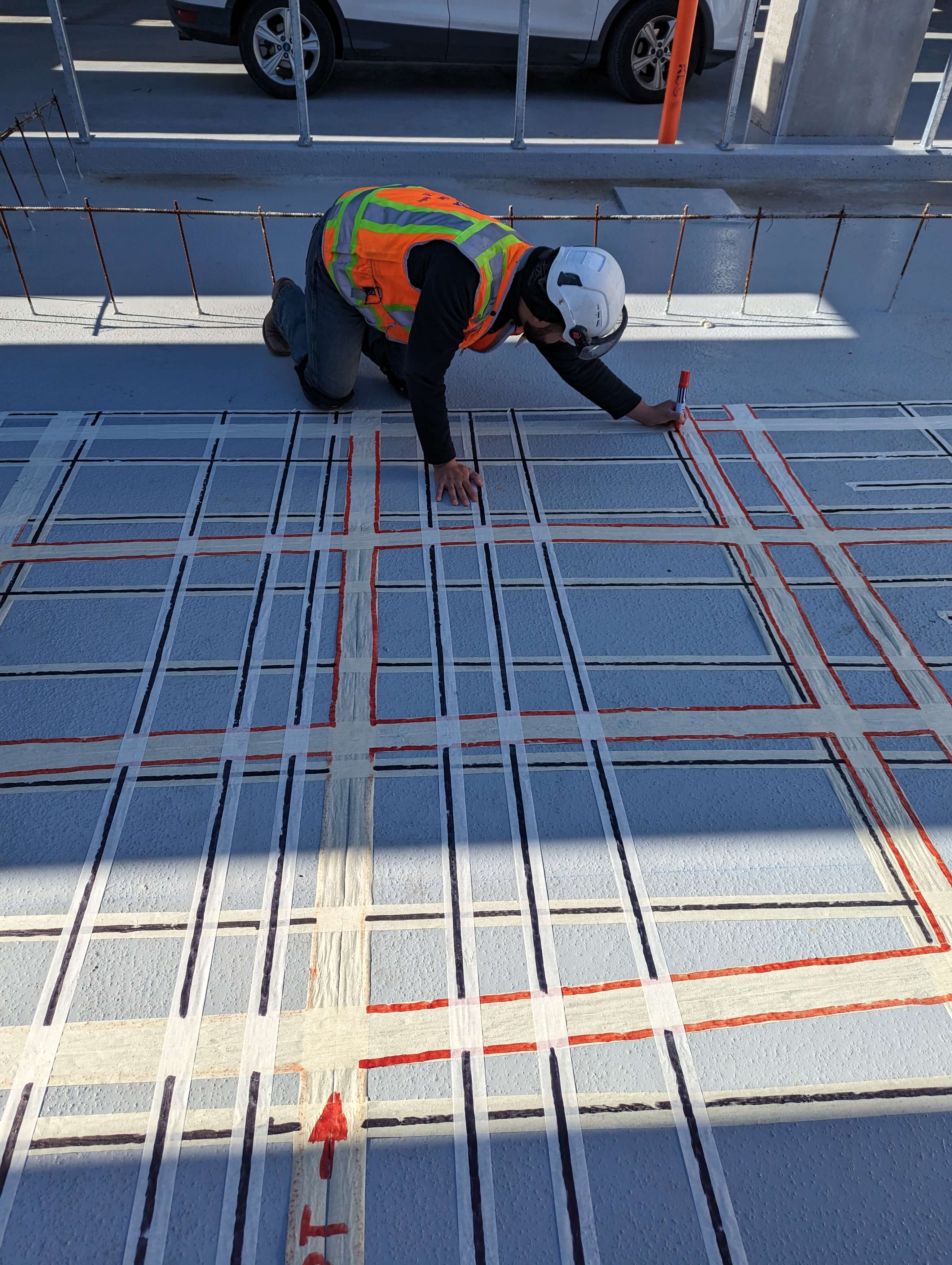Trick Benefits of Making Use Of Concrete Scanning Technology
Wiki Article
Introduce the Transformative Power of Concrete Scanning in Making Best Use Of Effectiveness and Safety
Concrete scanning has actually arised as a crucial tool in the building market, using unmatched benefits in enhancing project effectiveness and guaranteeing security requirements. The transformative power of concrete scanning lies in its capability to supply thorough insights and real-time data, revolutionizing how jobs are intended and executed.Importance of Concrete Scanning
Making sure the structural stability and security of building tasks begins with the vital step of performing extensive concrete scanning. Concrete scanning is a non-destructive method utilized to detect and map subsurface components within concrete structures.In addition, concrete scanning aids in maximizing task timelines and spending plan by preventing unanticipated prices and hold-ups that might emerge due to unexpected obstructions within the concrete. Inevitably, investing in comprehensive concrete scanning is a positive approach that enhances both performance and safety and security in building and construction tasks.
Just How Concrete Scanning Works
Concrete scanning operates as a crucial device in building tasks by using innovative innovations to find and map subsurface aspects without causing architectural damages. Ground Permeating Radar (GPR) and Electromagnetic Induction (EMI) are two key techniques utilized in concrete scanning. GPR jobs by releasing high-frequency radar pulses into the surface area, which get better when they encounter subsurface items or gaps. The moment considered the signal to return indicates the deepness and place of the things. EMI, on the other hand, utilizes electromagnetic fields to determine variances in product compositions, such as determining rebar or avenues within concrete structures.During the scanning procedure, the data collected is assessed in real-time, enabling immediate recognition of possible dangers or challenges beneath the surface area. This information help in decision-making, guaranteeing that building and construction tasks proceed safely and effectively. Additionally, 3D imaging software application can be used to produce thorough maps of the subsurface aspects, even more improving task preparation and implementation. By employing these sophisticated modern technologies, concrete scanning substantially lowers the risk of expensive problems and injuries on construction sites.
Advantages of Concrete Scanning
One of the primary advantages of concrete scanning is the ability to identify and find ingrained items such as rebar, post-tension cables, and channels properly. Concrete scanning aids in planning and designing a lot more efficiently, as it gives accurate details about the place and depth of structural components.
Situation Researches: Concrete Scanning Success

In another situation, a building and construction firm made use of 3D concrete scanning to examine the problem of maturing concrete structures in a historic structure. The comprehensive scans supplied important insights into the level of deterioration and assisted prioritize upkeep efforts efficiently. By proactively addressing areas of concern determined via scanning, the business had the ability to prolong the life expectancy of the framework and make certain resident safety.
These case research studies highlight the transformative power of concrete scanning in enhancing efficiency, accuracy, and security in construction jobs.
Applying Concrete Scanning in Projects
Carrying out innovative scanning modern technologies during building tasks has actually come to be progressively necessary for enhancing accuracy and safety. By integrating concrete scanning into project preparation and implementation, construction teams can determine possible threats, such as rebar or post-tension cords, concealed within concrete frameworks. This proactive method decreases the danger of mishaps, hold-ups, and click for more info pricey rework, ultimately causing extra efficient project timelines and budgets.To apply concrete scanning effectively, job managers ought to work together very closely with seasoned scanning professionals to determine one of the most appropriate scanning strategies for the specific job requirements. Involving scanning professionals from the beginning of a project allows the team to develop comprehensive scanning plans that deal with crucial areas of problem and make certain extensive information collection.
Additionally, incorporating concrete scanning right into regular job workflows can simplify decision-making procedures, as real-time scan information offers immediate understandings into the problem of concrete frameworks - Concrete Scanning. This data-driven strategy promotes notified problem-solving and allows groups to make adjustments without delay, promoting a culture of efficiency and security throughout the job lifecycle

Final Thought
In conclusion, concrete scanning plays a critical role in improving performance and safety in building tasks. By utilizing innovative innovation to spot and map out underlying frameworks within concrete, this procedure helps to stop costly mistakes, guarantee structural integrity, and decrease threats on site. With the ability to discover surprise aspects and offer exact information, concrete scanning shows to be an important tool for optimizing project results and optimizing total success.Concrete scanning is a non-destructive approach utilized to identify and map subsurface elements within concrete structures. In addition, concrete scanning assists in enhancing job timelines and budget plan by preventing unforeseen expenses and delays that may arise due to unforeseen obstructions within the concrete. One notable instance research entails a massive restoration task where concrete scanning played an essential function in making sure task success.In one more instance, a building and construction firm made find this use of 3D concrete scanning to analyze the condition of aging concrete structures in a historical structure. By integrating concrete find out here now scanning into project preparation and implementation, building teams can recognize potential threats, such as rebar or post-tension cable televisions, concealed within concrete structures.
Report this wiki page